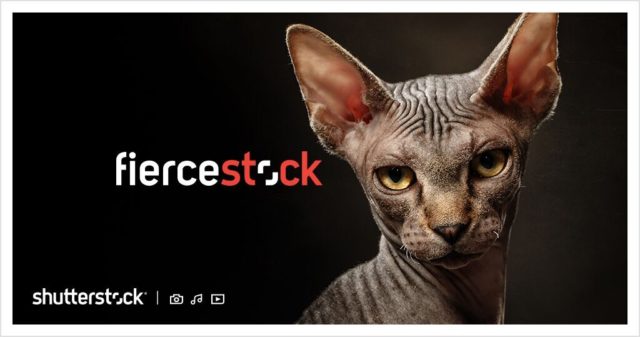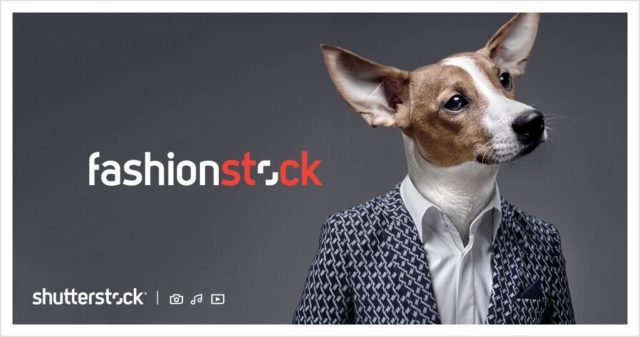While brands have taken advantage of virtual and augmented reality to showcase products or provide immersive experiences, marketers still find that making users download an app for an experience is one step too many. It’s like they’re asking their customers to download a commercial.
Google, Mozilla Microsoft and others are taking out that middleman by developing ways to access VR and AR directly through web browsers. And it’s happening relatively quickly.
WebVR is the Application Programming Interface (API) that enables Chrome, Firefox, Edge and other browsers to work with VR headsets, and though this tech came out just last November, it’s already going to work for brands.
Pepsi used WebVR and the brand’s Google’s partnership to create “Pepsi Go Back,” a web-based experience that complements the “Pepsi Generations” Super Bowl commercial. Users can step into old Pepsi commercials using their desktop computers, VR headsets or mobile devices.
Following this trend, brands can expect augmented reality for web to follow once WebXR is adopted. The API is currently in an experimental phase through custom browsers and viewers, but is expected to start appearing in mainstream browsers sometime later this year, and developers hope a cross-platform standard will be adopted shortly thereafter.
But even with browsers offering WebVR and experimental support for WebXR, brands have been slow to take advantage of them. That may be because quality web-based experiences are still relatively new.
“Distribution for WebVR is largely desktop based, whereas brands have been more excited about 360 video on mobile and VR on headsets,” said Vince Cacace, CEO for the Vertebrae advertising platform, which launched its web-based AR ad suite last fall. “We see WebAR as much more powerful, as it is more of a reality today compared to WebVR due to the quality of the experience . . . Brands realize the challenges in making consumers download an app to have a marketing experience, which is why WebAR is gaining steam so fast.”
Vertebrae integrates AR experiences into website banner ads, and Cacace points to its partnership with Lionsgate to promote the movie Jigsaw as an example of how some of the major technical challenges of WebXR— including face recognition and positional tracking through mobile devices—are already being addressed. The promotion works similarly to a Snapchat Lens or Facebook filter, except that it’s not limited to a specific social platform. Some users were rewarded with coupons to see the movie in theaters.
“Given the targeting opportunities afforded by the immense scale of mobile Web, we were able to help Lionsgate make all the specific audience-based buys they desired,” Cacace told AListDaily. “The web is best for shorter AR experiences that provide utility—i.e. trying on glasses, putting a car in your driveway, a chair in your living room, a character mask on your face, etc. Apps offer room for longer-form entertainment, at the cost of making users download an app.”
However, the principal research scientist on Mozilla’s mixed reality team, Blair MacIntyre, explained that there’s still some ways to go. Unlike VR, web-based AR must overcome a wide variety of diverse platforms. Development tools such as ARKit from Apple and ARCore from Google may eventually establish standards for mobile device viewing, but things become more complicated when trying to find common ground across the different headsets, which do all the heavy lifting for these experiences.
For example, MacIntyre said that Microsoft’s HoloLens is technologically different from ARKit and ARCore, as are viewers that being developed by Magic Leap, Meta, Daqri and others—which all use different methods for sensing and interacting with the world.
Shrenik Sadalgi, director of next generation experiences at Wayfair, one of the earliest adopters of augmented reality technology, agrees that there needs to be standards set for the most common features across all AR and VR platforms. But he also said there is a risk that each browser will support the features they believe are important and handle things in specialized ways. That being said, he doesn’t think that apps will be completely left behind.
“With web, you sacrifice performance to gain a wider audience, and ease of development,” said Sadalgi. “So, it depends on what your application does. If it’s a game, you can expect a user to take the time to install it, to be rewarded with a grand experience. If it’s retail, you’re probably looking to develop the experience quickly, reach a wider audience and can work around the lower performance.”
Tony Parisi, the head of VR/AR strategy at Unity Technologies, doesn’t think a post-app era will happen anytime soon either.
“I’m not sure we will ever get to a place where everything AR/VR is done with web browsers,” said Parisi.
Although Parisi acknowledges the clear advantages web browsers have, such as having no download and install process and easier discovery without having app stores act as “gatekeepers,” there are still many scenarios where native apps are more appropriate. These situations are motivated by two primary factors: performance and features.
Even though HTML and JavaScript have significantly improved, native applications still maintain an edge in that they give developers full control over major aspects of performance. This is especially important for VR, which requires high frame rates for a comfortable experience. Parisi also added that browsers may take years to catch up with surfacing native features from each platform. For example, location services were available on mobile phones for years before they were included in browsers.
Additionally, monetization is an issue that premium experiences will need to take into consideration.
“Mobile app stores and desktop game distribution systems like Steam provide clear ways for developers of certain types of applications to make money—in particular, games,” said Parisi. “In contrast, the web does not have an established pay-per-download model. It was originally built on a foundation of advertising, with a bit of in-app purchase and subscription layered in over time. So, the store model, which can be seen as an encumbrance for some developers, is actually a major benefit for others, depending on the business model.”
However, MacIntyre pointed out how the web has one major advantage over other platforms, and that’s the emphasis on privacy and security. Mozilla expects that as AR and VR technology progresses, privacy will become an increasingly important element.
“The web platform goes to great lengths to ensure web pages cannot access data on the computer or private information such as user location, the video camera or microphone without user permission,” said MacIntyre. “So, especially for short quick-and-dirty experiences that some brands might want to create, users might be much happier visiting a website than installing an app.”
He added, “Prior to WebVR, browsers could not provide compelling VR experiences using standard browsers; it’s still not possible to provide a compelling AR experience in a web browser. That will change when WebXR is implemented in most browsers. As we’ve seen with past technologies, some brands will experiment early, but most won’t commit to using the technology until it’s available in all the major browsers that their audience are likely to be using.”
Parisi believes that, at least for now, apps are still the way to go, but that will change as browsers offer more features and hit a more reasonable level of performance. Once that happens, he believes that we will see things diverge between apps and the web.
Although Parisi said that the performance gap for VR may close fairly soon, he sees plenty of complex challenges ahead, especially when it comes to augmented reality. These concerns include the browser’s interface, which hasn’t changed much from its original 2D roots. While Samsung and Google have experimented with VR web browsing, we have yet to see an “AR browser.”
He also said that we might never see a web-based business model emerge beyond the tried-and-true advertising and subscription models, but that may be OK. He believes that the app store model will continue to drive the distribution of high end VR and bespoke AR applications, which includes premium content such as games and movies and utility applications like travel services.
Ultimately, Parisi admits that, “Apps will be more practical until they’re not, because eventually developers will want to reach more consumers with less friction, and that means via the web. Once we have achieved an acceptable level of performance and features, expect to see a big movement toward web-based AR/VR experiences.”



